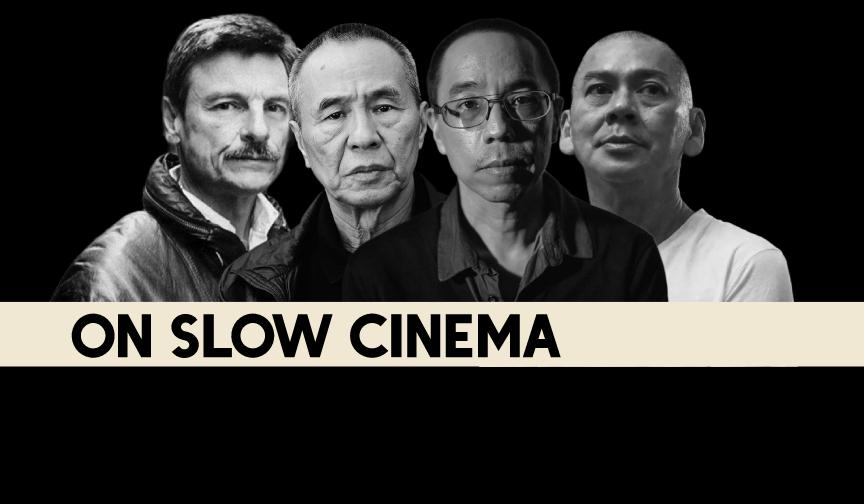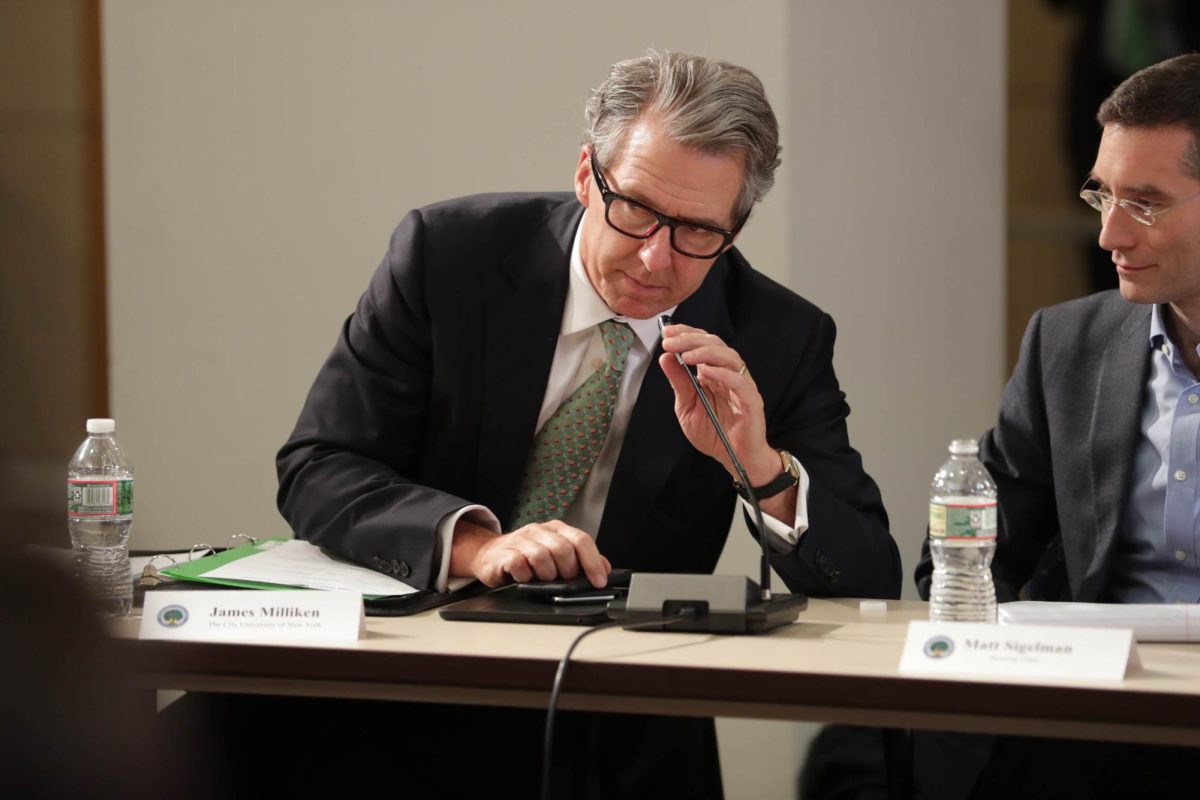On Slow Cinema
Mar 5, 2023
In this short by Senior Staff Writer Matthew Risley, he discusses the importance of slowing cinema down from its breakneck pace to allow viewers to soak in nuances in directors’ visions.
It has become apparent that the United States desperately needs slow cinema. The American cinema landscape has become completely oversaturated with products whose only goal is to create the attention-grabbing, three-second-per-cut-paced film that won’t let the viewer relax, and thus think, for its two-hour runtime. One must look elsewhere in the world to discover slow cinema. This would not necessarily be a problem on its own, yet due to the cultural power Hollywood holds, it becomes one. Without support from Hollywood, making a successful film (in terms of widespread distribution and viewership) is virtually impossible. Though his direction could not be characterized as slow, John Cassavetes, a large Hollywood actor in his time, was unable to secure funding for his independent films. It is simply not a viable option. Though there certainly is slow cinema being created here, its effect on mainstream cinema is practically nonexistent due to the total lack of distribution channels. Because of the stifling nature of mainstream distribution here, an entire viewpoint towards the art form is effectively silenced. Being forced to look externally runs into another problem: the inability to access foreign releases within the United States. Only the largest international releases have any theatrical time in the U.S. and even then are limited to large cities and special theaters. Certain services specialize in distributing notable works of cinema, such as the Criterion Collection and Kanopy, allowing access to critically acclaimed films. However, the patrons of these services constitute such a minor part of the cultural landscape, further illustrating that the accessibility of these works of art is practically nonexistent.
Thus, we come back to our unfulfilled need for slow cinema, one that has been unfulfilled for ages. When watching films by Apichatpong Weerasethakul, Andrei Tarkovsky, Tsai Ming-liang, or Hou Hsiao-hsien, one is forced to confront themself. These directors let the audience meditate on an aspect of their film that is universally understandable. In Ming-liang Tsai’s “Goodbye, Dragon Inn,” we are faced with an empty theater after its last showing. He forces us to stare at the seats that have held their last patrons, and simply wonder. Perhaps it awakens memories of “The Last Picture Show” by Peter Bogdanovich and the importance of cinema to everyone’s life. Or perhaps it brings up nothing related to cinema at all, simply wistful thoughts of youth. “Stalker,” by Tarkovsky, follows a trio of characters seeking a sort of salvation. Through their methodical journey, Tarkovsky questions the discrepancy between our surface desires and our truest, the place of nihilism within artistic expression, and the idea of commitment to faith in the face of despair. By simply following their journey and dialogue, the audience internalizes these quandaries. In “Memoria,” Weerasethakul’s latest film, we rest with Tilda Swinton as she lies and imagines what feeling the embrace of death brings. These are the simple yet terribly rare moments in which slow cinema can offset our overstimulated and hectic lives.
The ideas within each film from these directors (certainly not an exhaustive list of slow film creators, but an important one) have crept into my mind repeatedly, months and years after having initially viewed them. Perhaps to us Americans, the idea of slowing down our consumption is alien and absurd, which makes this genre all the more important. In opposition to the hollow flicks that Hollywood is so fond of, they leave meaningful questions unanswered, allowing us to begin untangling our own lack of understanding about the world.














